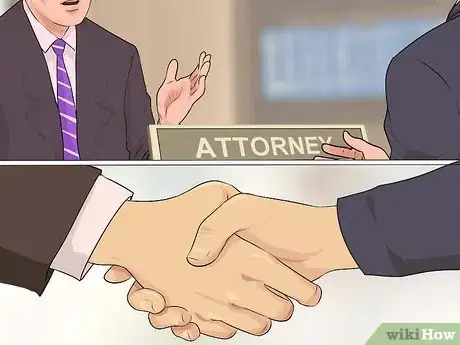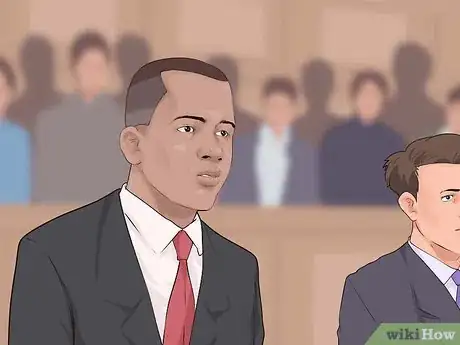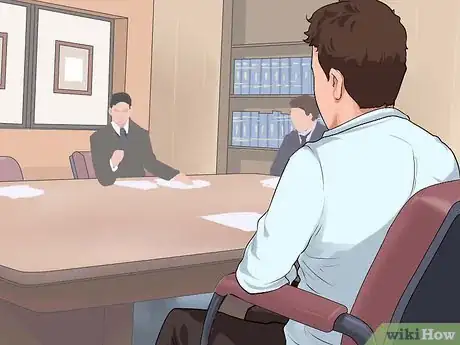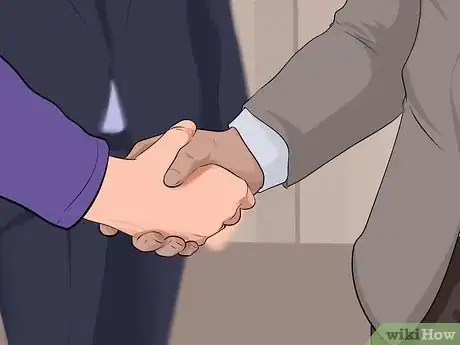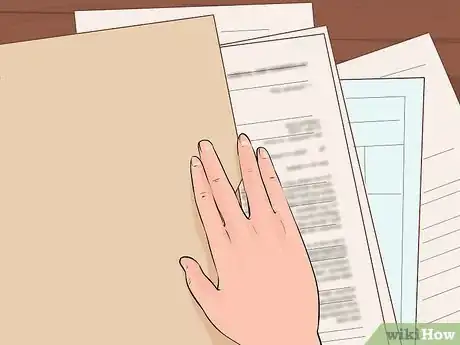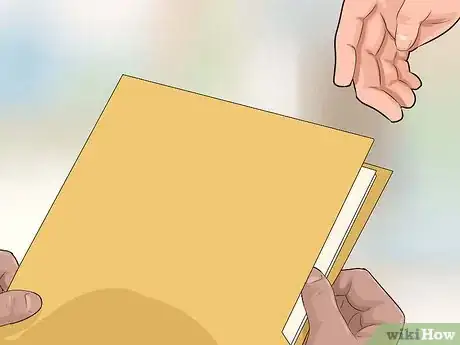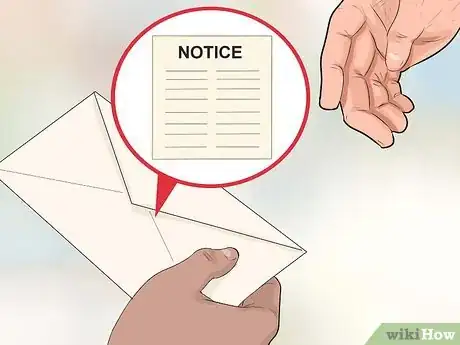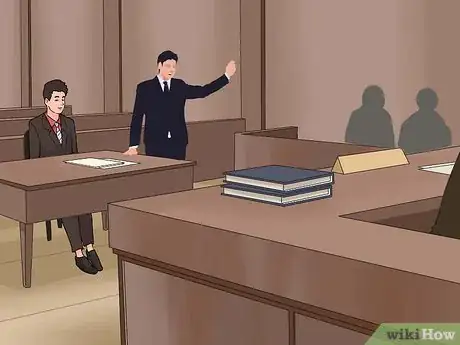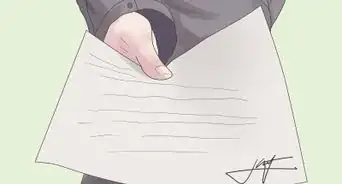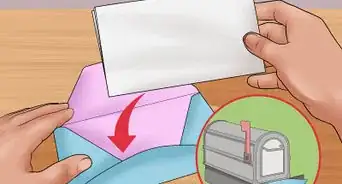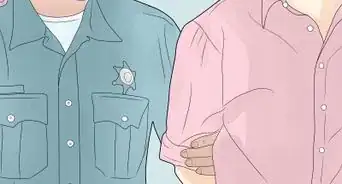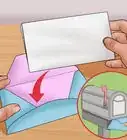This article was co-authored by Clinton M. Sandvick, JD, PhD. Clinton M. Sandvick worked as a civil litigator in California for over 7 years. He received his JD from the University of Wisconsin-Madison in 1998 and his PhD in American History from the University of Oregon in 2013.
There are 8 references cited in this article, which can be found at the bottom of the page.
This article has been viewed 129,972 times.
In criminal law, most offenses are either felonies or misdemeanors. A felony is a serious offense that carries a punishment of a year or more in prison, while a misdemeanor usually carries a maximum sentence of up to a year in jail.[1] If you have been charged with a felony, you may be able to get it reduced to a misdemeanor through plea bargaining. If you have already been convicted of a felony, you can get it reduced to a misdemeanor in certain situations by petitioning the court to modify the charge on your record.
Steps
Plea Bargaining a Felony Down to a Misdemeanor
-
1Get a lawyer. You are entitled to have a lawyer represent you in most criminal proceedings, even if you can't afford to hire one yourself.[2] Criminal defense attorneys and public defenders will have experience in plea negotiations and will most likely have an existing work relationship with the judge and prosecutor.
-
2Plead not guilty. Your first court appearance is usually the arraignment, at which you will be asked to enter a plea. By entering a "not guilty" plea, you require the prosecution to prove your guilt in court. To avoid trial, and because jails and courts are overloaded, the prosecutor will probably try to negotiate an agreement under which you will plead guilty in exchange for some trade-off.[3]Advertisement
-
3Let the next stages unfold. The prosecution and your attorney will continue to work on the case, gathering evidence and working on a plan for the trial. You can have plea discussions at any time during the next stages. If the prosecutor discovers that your case will be hard to prove, you may get a better plea deal, including having a felony charge against you reduced to a misdemeanor. However, if the evidence against you is strong, the prosecutor may not offer a deal at all. The next stages of the case include:
- Discovery: Both sides in collect and exchange information as they assemble evidence and witnesses for trial.[6]
- Motions: Written requests asking court to resolve a disagreement about the law or instruct the parties to do something.[7] A motion's outcome can affect plea bargaining. For example, a successful motion to exclude important evidence from the prosecution's case can persuade a prosecutor to offer a favorable plea deal.
- Preliminary hearing: The prosecutor shows the court that the state has enough evidence and witnesses to justify taking the case to trial. The defense can try to prevent evidence from being used at trial by arguing why it should be excluded.
- Trial: Both sides take turns arguing that the you are guilty or innocent. At the end, unless the you waive your right to a trial by jury, the jury will deliberate and decide on a verdict. You can still engage in plea bargaining during pauses in the trial and during jury deliberations.
-
4Analyze the strengths and weaknesses of your case. Your attorney will analyze the elements of the case that the prosecutor will have to prove, as well as how hard it will be for the prosecutor to prove them. Before your attorney enters into plea discussions, he or she should have a good idea of what pieces of evidence the prosecution will be able to use to prove each detail necessary to convict you, and what details are going to be hard to prove.
-
5Negotiate with the prosecution. Your attorney to contact the prosecutor to try to negotiate a plea deal. The attorney should be prepared to argue the strengths and weaknesses of your case, and to remind the prosecutor of the weaknesses in the state's case against you. The prosecutor will be trying to convince your attorney to persuade you to accept the maximum charge and punishment, while your attorney will be arguing that the prosecutor's case is weak. Accepting a misdemeanor instead of a felony is often a good middle ground for both sides.
- Consider this hypothetical: Don is charged with attempted murder, a felony, as a result of a fight between Don and Vic. There is only one witness, Walt, who said that Don tried to kill Vic during the fight. During discovery, Don's attorney finds out that Walt has always hated Don. Don's attorney tells the prosecutor that Walt probably embellished his testimony in order to get Don into more trouble. The prosecutor realizes that Walt may not be a good witness, and offers to drop the attempted murder charge if Don will plead guilty to battery, which is only a misdemeanor.
Petitioning to Reduce a Felony to a Misdemeanor
-
1Verify that charge reduction is available in your state. Some states offer the option to ask a court to reduce a charge from a felony to a misdemeanor after you have served your sentence. There are many reasons to seek a reduction of the charge, including being able to get a professional license, keeping the right to serve on a jury, restoring your right to own a firearm, and being able to deny ever having been convicted of a felony when filling out a job, housing, or loan application.[8] If you are not sure whether your state offers charge reduction, research online or contact the court clerk's office, an attorney, or a librarian at a law library.
-
2Get the necessary paperwork. Ask the court clerk what forms you need to submit to ask the court to reduce a felony to a misdemeanor. The court may have pre-printed forms available for you to use. You will be required to enter your personal information, as well as information about the case, the punishment you received, and the reason you wan t the charge reduced.
-
3Meet the charge requirements. States typically require that the felony you want reduced not be a particularly serious offense. Check your state's requirements, which should be listed among the instructions of the form you request from the clerk.
- For example, in California, you can only get a felony reduced if the offense was a "wobbler." A "wobbler" is a crime that the prosecution can choose to charge as either a felony or a misdemeanor, such as burglary or assault with a deadly weapon.[9]
- In Indiana, the charge must have been a "Class D" felony and not been related to a violent or sexual crime.[10]
-
4Meet other requirements. In addition to certain requirements about the nature of the felony itself, different states impose additional requirements that must be met in order to ask the court to reduce the felony to a misdemeanor. These requirements should be listed on the forms.
- In California, you are not eligible if you served time in prison. You are still eligible if you were granted probation or only served time in county jail.[11]
- in Indiana, you must wait three years after finishing your sentence before you apply. You must also not be a sex or violent offender, have any other felony convictions, or have any pending criminal charges.[12]
-
5File your documents. Make several copies of your documents and take them to the court clerk. The clerk will stamp your documents, file the originals, and return the copies to you. You will be required to pay a filing fee. The fee may be either for a petition or a motion, depending upon how your court handles these requests. If you cannot afford to pay the fee, ask the court clerk for information on how to apply for a fee waiver.
-
6Serve the prosecutor. Unless the clerk's office routinely serves the prosecutor on behalf of applicants, you will need to give formal notice of your request to the prosecutor's office. You cannot serve the prosecutor yourself. Arrange for a process server, the sheriff's department, or anyone over 18 and not involved in the case to deliver the documents to the prosecutor's office.
- The server must complete and sign a "Proof of Service" or "Affidavit of Service." This form should be available from the clerk's office. Once the server completes the form, take the form to the clerk's office for filing.
-
7Attend the hearing. The clerk will notify you of your hearing date by mail. On the date set for your hearing, dress professionally, arrive in court early, and wait for your case to be called. The judge will ask you any questions he or she has about your request, and give the prosecutor an opportunity to object to your request.
- Be prepared to explain how you have turned your life around and why you want to have the felony conviction removed from your record. For example, explain to the judge that you are no longer abusing drugs or alcohol or involved with gangs, if those factored in to your conviction. The judge will want to see that you have been able to stay out of trouble and are not likely to commit another crime.
- If your request is granted, the judge will order that your criminal record be modified to reduce the felony charge to a misdemeanor.
References
- ↑ http://criminal.findlaw.com/criminal-law-basics/what-distinguishes-a-misdemeanor-from-a-felony.html
- ↑ https://www.lawyers.com/legal-info/criminal/criminal-law-basics/public-defenders.html
- ↑ http://www.lawfirms.com/resources/criminal-defense/criminal-defense-case/plea-bargain.htm
- ↑ http://www.lawfirms.com/resources/criminal-defense/criminal-defense-case/plea-bargain.htm
- ↑ http://moritzlaw.osu.edu/epub/mayhew-hite/2012/05/plea-bargaining-just-as-it-ever-was/
- ↑ http://www.courts.ca.gov/1093.htm
- ↑ http://litigation.findlaw.com/going-to-court/what-is-a-motion.html
- ↑ http://www.shouselaw.com/reducing-felony-to-misdmeanor.html
- ↑ http://www.shouselaw.com/reducing-felony-to-misdmeanor.html
About This Article
To get a felony reduced to a misdemeanor after you’ve been sentenced, you’ll need to sign a petition with your court. First, check your state’s requirements for reducing felonies, since every state is different. For example, you may be required to wait a certain number of years after finishing your sentence, and your state might only reduce certain types of felonies. If you’re eligible, ask your court clerk for the relevant forms and fill in the details of your case. Make several copies of the documents, return them to the clerk, and pay the filing fee. You’ll also need to get someone to serve a copy to the prosecutor of your case, such as your local sheriff or someone not involved in the case. Once you’ve filed the necessary forms, you’ll be notified about your hearing to decide if your felony will be reduced. For more tips from our Legal co-author, including how to bargain a felony down to a misdemeanor during your trial, read on.
